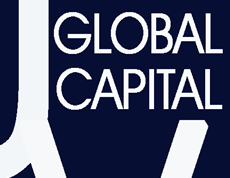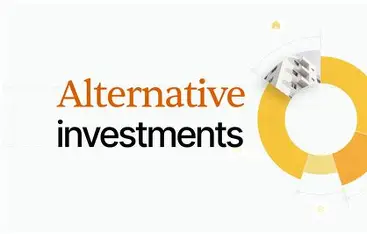One of the most powerful demographic shifts reshaping the U.S. economy and investment landscape is the aging of the population. As the Baby Boomer generation retires in unprecedented numbers, the U.S. is facing a historic transition economically, socially, and politically. At the heart of this shift is a growing dependency on healthcare infrastructure, changes in retirement behavior, and the rising share of GDP allocated to elder care and health services.
Structural Bottlenecks: The Nursing Home Gap
While healthcare spending is steadily increasing, there’s a troubling undercurrent: a marked slowdown in the construction of new nursing homes and senior care facilities. Despite rising demand, the pipeline of new facilities is shrinking, placing increased pressure on existing infrastructure.
This mismatch between demand for elder care and available supply is likely to result in:
- Rising costs for senior housing and assisted living.
- Opportunities for at-home care providers, telehealth, and tech-enabled eldercare.
- Growth in REITs focused on senior housing with strong pricing power.
Healthcare Spending: A Structural Economic Force
In 2023, U.S. healthcare expenditures hit $4.9 trillion, up 7.5% year-over-year, significantly outpacing the growth of the broader economy (GDP grew just 2.9% in real terms). Notably, real healthcare spending (adjusted for inflation) grew 4.4%, reflecting rising utilization of services rather than just price inflation. This trend highlights a return to more “normal” post-COVID dynamics driven less by government emergency response, and more by the organic needs of an older, insured population.
Key Spending Trends (2023):
- Private health insurance and Medicare spending accelerated.
- Medicaid growth slowed as emergency COVID policies expired.
- Nursing care & retirement communities saw spending growth of 9.5%.
- Government health spending declined from COVID-era peaks, now trending back to levels seen in the early 2000s, as a % of GDP.
Despite the drop in government funding, private out-of-pocket and insurance-funded health expenditures are accelerating, especially in long-term care. This presents a durable trend with profound investment implications.
GDP and Healthcare: Long-Term Allocation Shift
The healthcare sector now represents 17.6% of GDP, up from 17.4% in 2022. While this is below the pandemic highs of 2020–2021, it remains structurally higher than pre-2010 norms. A consistent reallocation of GDP toward elderly-focused health services suggests a long-term economic reweighting less toward traditional consumption and more toward caregiving, pharmaceuticals, home health, and medical technologies.
In conclusion as the U.S. shifts into an age-defined economy, healthcare spending, retirement planning, and eldercare may command an ever-larger share of GDP and public policy. While government health spending may moderate from COVID-era highs, private-sector growth is accelerating, particularly in areas that serve the over-60 population.
Let’s connect and explore how we can structure a portfolio around healthcare today!
JV Global Capital, Inc. Portal
Sources:
https://www.healthaffairs.org/doi/10.1377/hlthaff.2024.01375
https://fred.stlouisfed.org/series/CPIMEDSL
Let’s connect and explore how we can structure a portfolio around healthcare today!
Disclaimer: This content is provided for informational and educational purposes only and does not constitute investment advice, a recommendation, or an offer to buy or sell any security, commodity, or financial product. Any companies, securities, or financial instruments mentioned are presented as examples of market trends or innovation and are not investment recommendations. All opinions and market commentary expressed are current as of the date of publication and are subject to change without notice. This content may include speculative views, forward-looking statements, or projections, which are based on assumptions and publicly available information. Such statements are inherently uncertain and should not be relied upon to make investment decisions. Investing involves risk, including the possible loss of principal. Markets can be volatile, and individual investments may fluctuate in value. Past performance is not indicative of future results. Please consult a JV Global Capital qualified investment adviser to determine whether any strategy or investment is appropriate for your personal financial situation.






